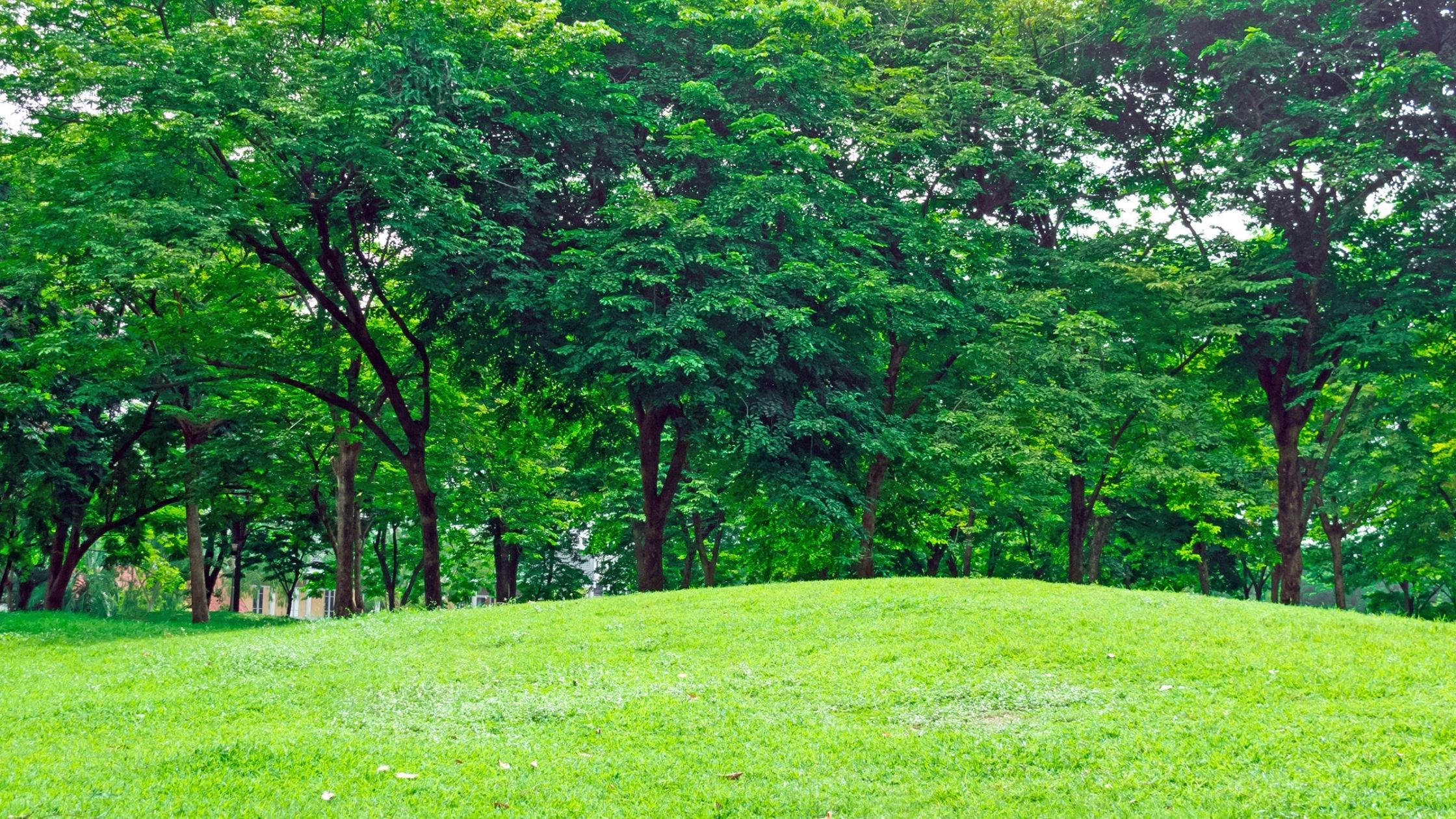Fall Lawn Care Tips for Central Texas

Even though the weather is cooling down and sometimes feels like winter, it’s still a great idea to take care of your healthy lawn. That’s right, even if you don’t water it during the early fall, putting some weed killer on the dandelions that are growing will ensure they won’t return in the springtime.
Dandelions grow rapidly in fall because they can maximize their flowering potential in this time period before the winter season begins.
Also remember to mow your grass as usual during this time period because many people forget about doing so until the new year begins. If there is ever a good time for weedkiller application, it would be now before any roots sprout out.
Note: Bermuda/St. Augustine grasses grow aggressively in the early fall.
It also might be beneficial to fertilize your hardy Bermuda/St. Augustine grasses since they can handle cooler temperatures with ease. If you have any warm season grasses, however, you might want to hold off applying fertilizer since they will go dormant in the wintertime.
Cool season grass and warm season grasses may be similar to the untrained eye, but upon closer inspection, there are significant differences between these two families of turfgrass.
Cool season grass grow best in cool weather; that is why they typically green up early in spring and stay green late into fall. On the other hand, because warm season grasses are active in warm weather, they are dormant during cooler months, but will turn brown.
There are major differences between the two types of grasses which affect their performance and maintenance requirements. Warm season grasses tend to be coarser than cool season grass because the increased cell size provides more leaf tissue for photosynthesis. This results in a deeper root system for warm season grasses, because they are able to extract more nutrients from the soil.
Warm season grasses also have larger leaf blades than cool seasons, which makes them feel rough to the touch. Because of their coarser nature, you are less likely to see weeds growing in warm season, assuming you keep the weeds out during the active growing season. However, this coarse nature is also responsible for a greater susceptibility to wear and tear from heavy traffic or poor mowing practices.
Warm season grasses are better at tolerating heat, drought stress, and lower plant density than cool season grasses. This makes them less susceptible to damage from sun scald or hot, dry winds. Although the coarse texture of warm season grasses is more susceptible to damage from insect feeding and disease.
In contrast, cool season grasses have a softer feel to the touch because they have smaller leaf blades than warm season grasses. In addition, it’s easier to pull weeds out of a cool season lawn because the fine texture of the grass leaf blades typically get in the way of weed growth. These finer leaf structures also hold less water than coarse-textured warm season grasses, which makes them more susceptible to drought stress.
Cool season grasses are able to survive at lower mowing heights than most warm season grasses. This makes them better suited for slopes and areas that tend to get heavy traffic. The finer leaf texture of cool season grasses also means they fare better under low light conditions (i.e., shady areas) than warm season grasses. The only major drawback to cool season grasses is their tendency to brown out during hot weather, but this can be fixed by applying a cool season turfgrass fertilizer.
Warm season grasses and cool season grasses can be successfully maintained together in one lawn, but you need to know when the best times are for each type of grass. Typically, you want to overseed your warm season grasses in late summer or early fall in order to maintain color during the dormant period. In contrast, cool season grasses should be overseeded in late winter before the active growing season gets underway.
However, there are a few warm season grasses that can tolerate cold weather and remain green during cool months, such as zoysiagrass and Kentucky bluegrass. This makes overseeding unnecessary for these two types of grasses because they remain green year-round and can be overseeded at any time.
When it comes to the best choice for a lawn, both warm season and cool season grasses have their pros and cons. If you want a fine-textured, soft feel in your yard, then cool season grasses are the way to go. If you want a deeper root system and coarser texture, then warm season grasses are the best choice. However, if you live in a more temperate climate with mild winters, either type of turfgrass will work fine.
You should also consider over seeding your lawn with some winter blend grass seed if you’re not satisfied with how scorched it looks after all the hot weather is gone. ( Note : Always buy seed that says “winter mix” or “fall mix” on the label.)
You may be asking yourself why this is even necessary when there are few insects and no live grasshoppers for birds to consume during La Nina La Nada winters. Well, it’s actually not about the birds anymore. The most important part of this equation comes from how the wind can take care of over seeding for you as it is strong enough to scatter grass seed on the entire lawn as far as a mile away!
Note: Winter blend grasses grow slowly in the early fall.
Here are some other things to keep in mind for fall lawn care:
Don’t fertilize your lawn if there is a freeze warning out. It would be pointless and wasteful because that fertilizer will never get absorbed by the grass, and whatever you do apply could burn down your lawn. ( Note : A good way to tell if there is going to be a freeze warning later on is to check with weather forecasts every morning.)
While we’re talking about lawn fertilizing, it should be said that you should always water your lawn to the point where the soil becomes moist before you apply any weedkiller. This is because killing weeds with anything else will also render them unable to absorb any fertilizer.
Now that we’ve got all of that out of the way, here are some things you can do to relieve stress during this part of time interval in which there is virtually no rain whatsoever:
Fall is the best time of year for taking your children to the park because they will be able to jump around in all that loose, fresh soil without getting their clothes dirty. This may also apply for adults who just enjoy rolling around outside every now and then!
Finally, here are some last words of encouragement for this “fall care” season before it ends:
If you already applied weedkiller on dandelions earlier in September but there are still more popping up, don’t fret. They should naturally die off as the temperature keeps dropping so long as you kept them watered-down with a hose or sprinkler system. ( Note: Regardless of whether or not weeds survive to present themselves in the spring, killing off all of them now will prevent them from leaving behind any seeds that sprout up again next year).
If you live in the Austin area and are looking for professional lawn care services, give Grass Works Austin Lawn Care a call to schedule your free consultation at (512) 797-1640 to learn more about our services or request an appointment online via the form below.
You may also enjoy reading: Don’t DIY: 5 Reasons To Hire A Lawn Care Professional.

Ferris MyCue is the founder and owner of Grass Works Lawn Care, LLC located in Leander, TX. As a former firefighter who maintained yards on his days off, he saw a need for a dependable, local maintenance company that knew the hill country climate and could deliver quality landscaping services for a reasonable price. Since 2007 he has used his leadership to grow the company into one of the top landscape maintenance companies in Austin and surrounding areas offering landscape maintenance, design, and irrigation services to both residential and commercial clients. Ferris is also a member of the Seasonal Employment Alliance (SEA) and an active participant in advocacy efforts to help promote cap relief.